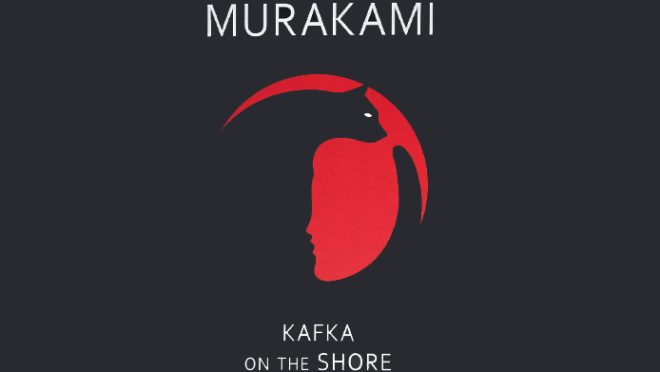Kafka on the Shore: An amalgamation of surreal coincidences, quirky characters, mind-bending imagery
Kafka on the Shore: An amalgamation of surreal coincidences, quirky characters, mind-bending imagery

“And once the storm is over, you won’t remember how you made it through, how you managed to survive. You won’t even be sure, whether the storm is really over. But one thing is certain. When you come out of the storm, you won’t be the same person who walked in. That’s what this storm’s all about.”
This quote from the opening chapter of Haruki Murakami’s “Kafka on the Shore,” encapsulates the teenage protagonist’s anguish. Desperate to escape his oppressive father and the family curse, more precisely prophecies he fears to be repeated, he renames himself Kafka after his favourite book and runs away from home. However, memories as well as nightmares intertwined with a missing mother affect his daily existence, making it increasingly difficult to escape.
This book is an epic literary puzzle, filled with time travel, hidden histories and mystical underworlds. Readers would love to figure out how the surreal coincidences, quirky characters, mind-bending imagery fit together.
Moving onto the second chapter we are introduced with an old man named Satoru Nakata. After waking up from a coma, he finds himself in a tumultuous time of the Second World War. But, here’s the kicker; Nakata lost his ability to read and write but gained an enigmatic talent of communicating with cats. When he’s asked to follow a mischievous pet, he’s thrown onto a dangerous path that runs parallel to Kafka’s.
Prophecies soon materialise, doors to alternate realms open and fish and leeches begin raining from the sky (because why not). What unites these two characters? Perhaps a force they can control?
The collision of different worlds is a common thread in Haruki Murakami’s work. His novels and short stories often forge fantastic connections between personal experiences, supernatural possibilities, and Japanese history.
Born in Kyoto in 1949, Murakami grew up during post World War 2 American occupation of Japan. The shadow of war hung over his life as it does in his fiction; “Kafka on the Shore” features biological attacks, military ghosts and shady conspiracies.
Murakami combines elements of several cultural traditions and historical eras in his works. References to western society and Japanese customs overlap each other. From literature and fashion to food and ghost stories, he has a penchant for musical references too. One interesting detail about him is that, he used to run a coffee and jazz bar with his wife in Tokyo.
Maybe the jazz allusions he depicts in all his books shows his love for jazz. Especially in Kafka on the Shore, there are a lot of jazz as well as other classical references. At one point in the book, the character runs away and wanders through the strange neighbourhoods before finally reaching an exquisite private library where he spends his days studying an odd painting, reading old books, and getting to know the mystery owner of the library. He also forms a friendship with the librarian, who introduces him to Schubert and other classical composers.
The mesmerising quality of Murakami’s work is enhanced by its melodic sensitivity.
He is regarded as a master of magic hiding in the everyday who often blurs the boundaries between reality and a dreamlike realm. This is a fundamental aspect of magic realism.
In “Kafka on the Shore” characters encounter endless otherworldly distractions, from a lovesick ghost to a flute made from cat souls. These challenges offer no easy answers. Instead, leave us in awe of the human spirit’s ability to deal with the unexpected.
So, how did “Kafka on the Shore” end? Did the last chapter unveil a new mystery? The answers lie in the pages of book. So, dive into it to solve the magic mystery!


